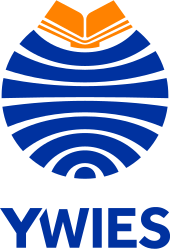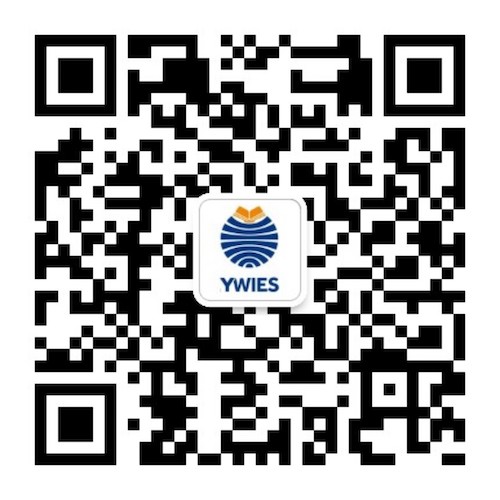Go Back
News
Wechat News
DSE Programme Episode 10
Wechat News
22 Apr, 2025
16 : 09
Hong Kong DSE English Tiered Exam
The HKDSE English exam uniquely offers B1 (Foundation) and B2 (Advanced) papers in Reading and Integrated Skills. B1 allows a maximum of Level 4, while B2 offers the chance for 5**. This tiered system, along with the choice between B1 and B2 in Paper 3 (Integrated Skills), reflects the Hong Kong education system's respect for individual student differences and support for diverse development.
Strengths and Features
-
Self-Selection, Flexible Approach: Students choose their paper based on ability and goals after review, empowering them with greater control.
-
Target-Driven, Strategic Selection: Assessment is not simply score-based; students can use their desired grade as a point of reference, promoting self-assurance and highlighting individual accomplishments.
-
Securing Further Education, Eliminating Hurdles: Choosing the B1 paper doesn't prevent students from achieving Level 4, which surpasses the minimum Level 3 needed for university admission.
Historical Background
The concept of this tiered assessment system originates from the founding of the Chinese University of Hong Kong (CUHK) in 1963, which aimed to advance Chinese-medium higher education and support students with lower English proficiency. Later, the Hong Kong Certificate of Education Examination (HKCE) introduced a less challenging English Syllabus A, forming a dual system with English Syllabus B. The DSE's implementation carries on this principle, guaranteeing that language differences don't hinder access to higher education.
Present Challenges
However, this tiered system also presents challenges for classroom instruction. With students preparing for both B1 and B2 papers in the same class, teachers may find it difficult to maintain the attention of all students when focusing on content specific to one paper, impacting classroom engagement and overall learning outcomes.
AI-Powered: A New Approach to Personalized Learning
To address this issue, AI technology can be used to adapt the content of the B2 paper, dynamically adjusting the language difficulty while retaining the core assessment points, making it more aligned with the B1 level. This way, students will receive learning materials that are thematically consistent but differentiated in difficulty, and teachers can deliver instruction using a unified framework, improving classroom efficiency and student engagement.




